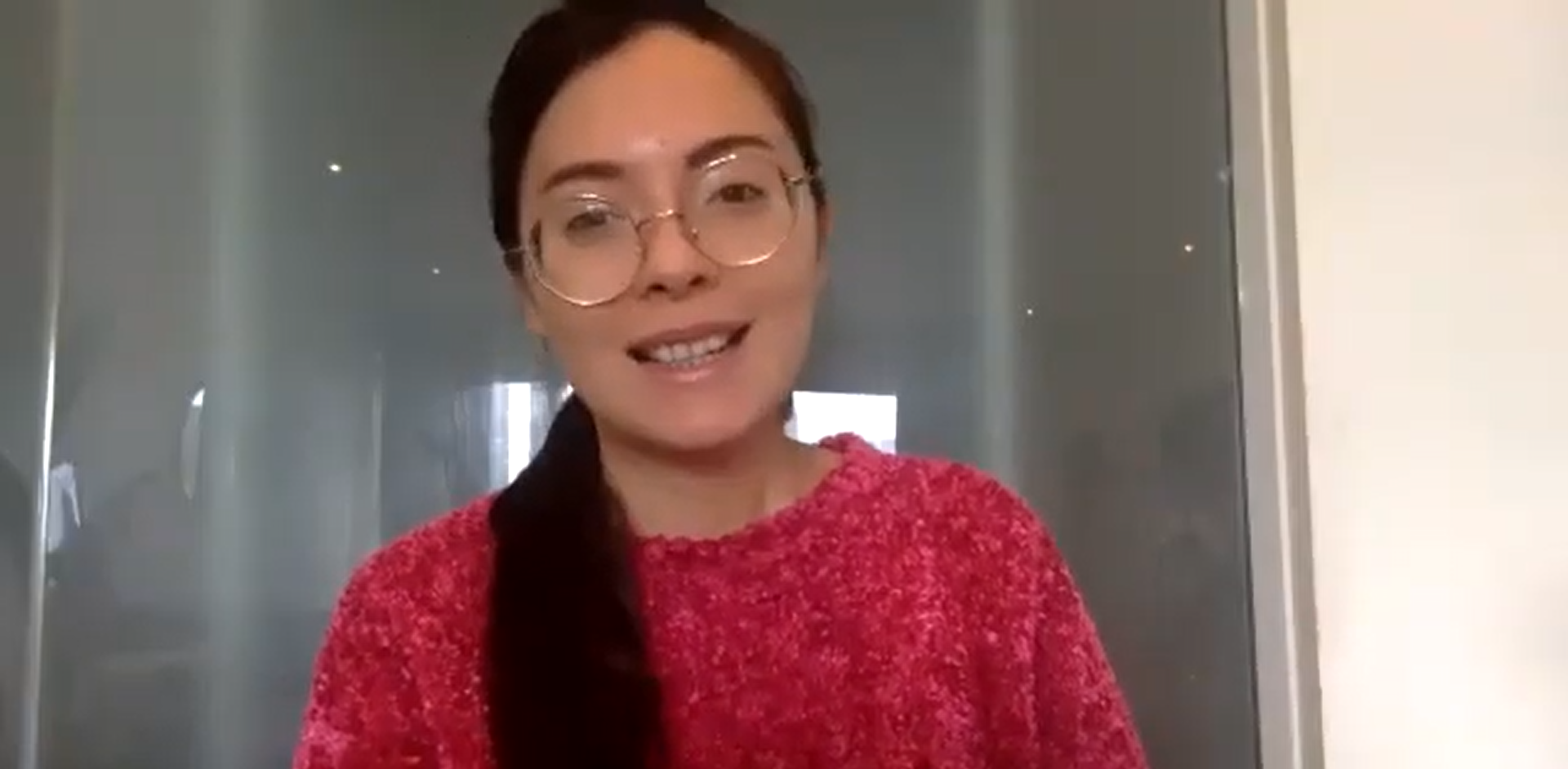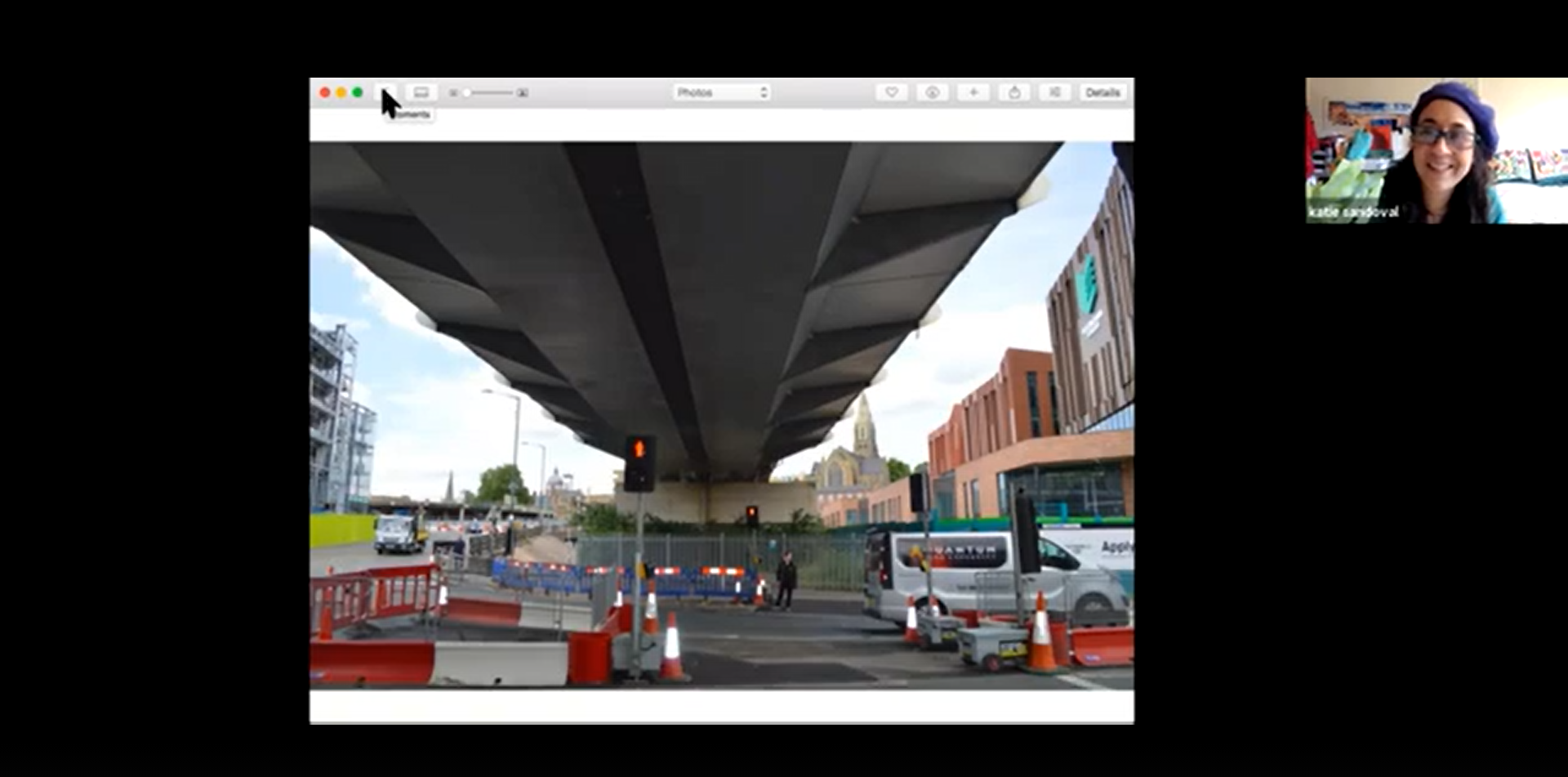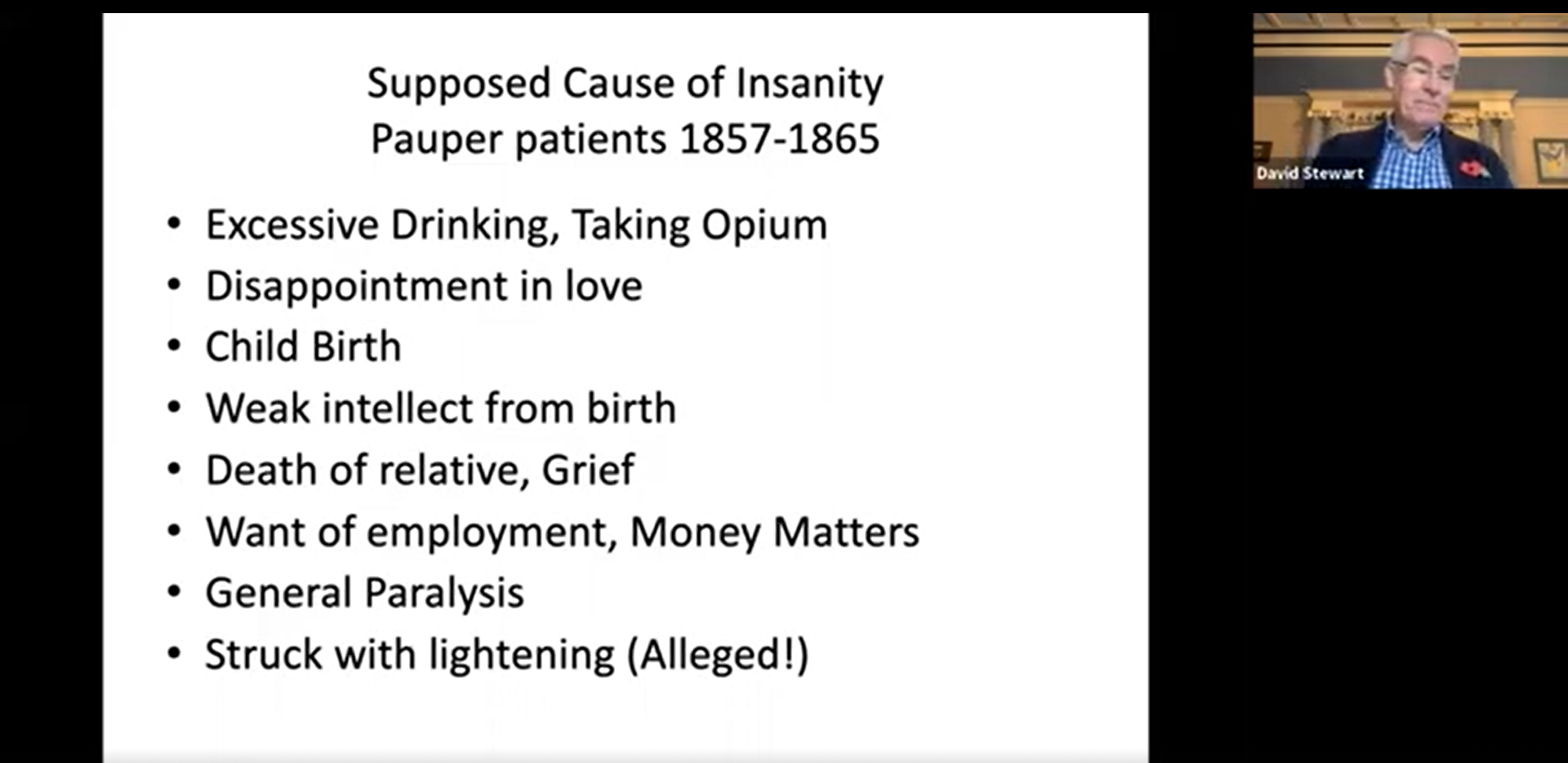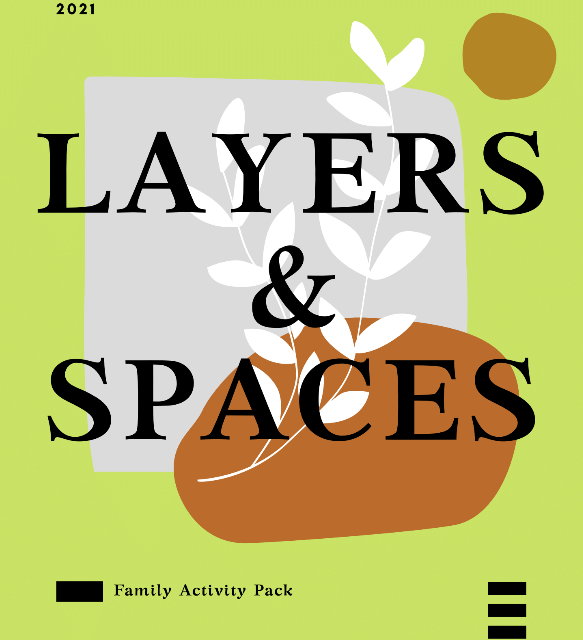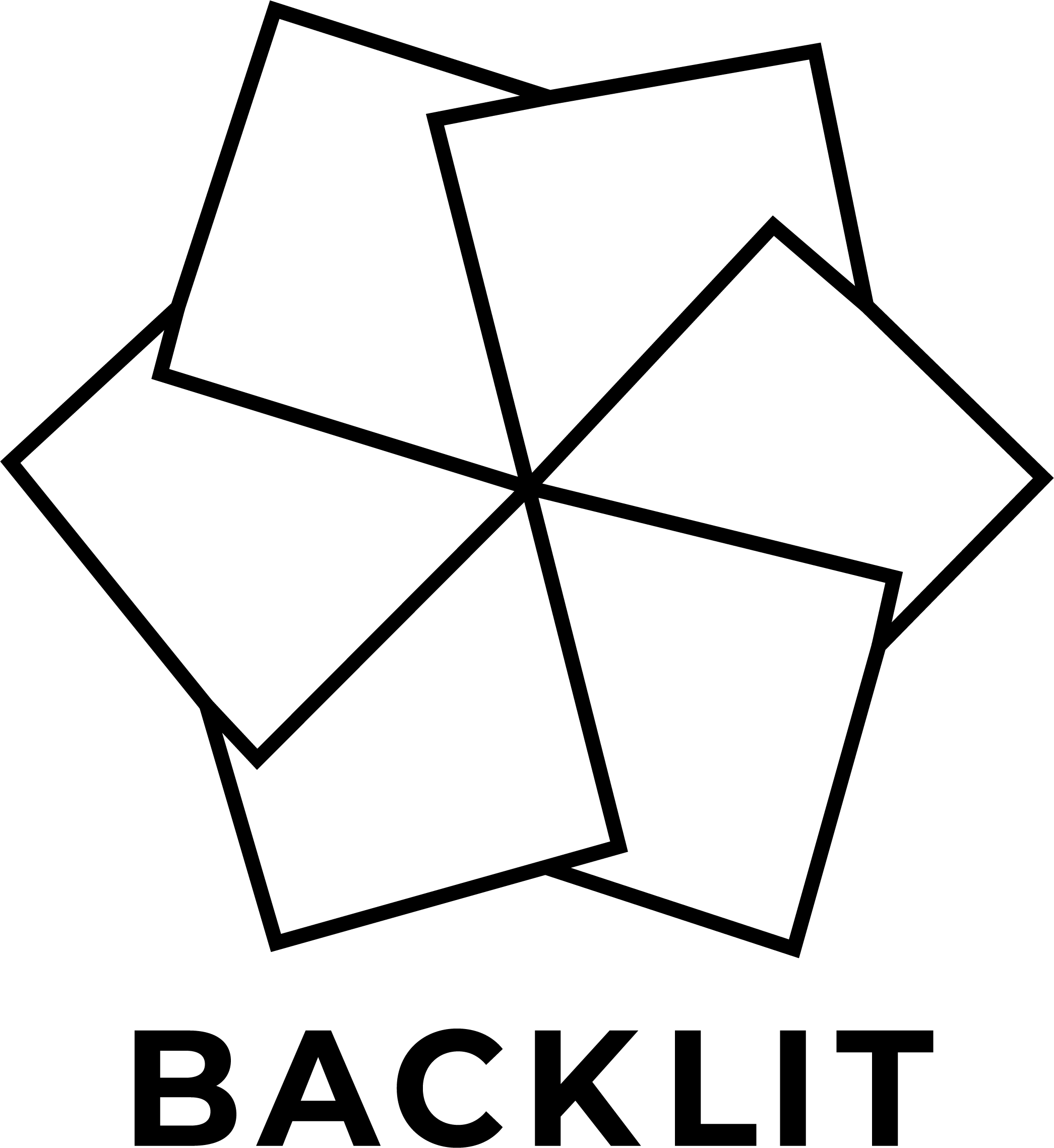SOFT ESTATE
Soft Estate is a collective formed by artists George Chinnery, Colette Griffin, and Wingshan Smith. The term soft estate describes the natural habitats that line roads, these edgelands offer a refuge for wildlife and a modern form of wilderness in the midst of intense urbanisation.
Soft Estate work towards building a sanctuary for collective experimentation and engagement with the aim to cultivate a nurturing culture which endows artists and communities with creative resources, space, time, and mutual care.
For the Nottingham Asylum Project, Soft Estate will collaborate with communities based at or located in close proximity to King Edward Park in Sneinton, the site of the first county Asylum (1812), designed to separate those inside from society. Patients were treated for what we now understand as mental health illnesses. The term asylum originally meant a place of refuge, safety and protection. Like King Edwards Park and society’s understanding of mental health, the meaning of certain words has changed over time.
Over a series of workshops, the group will navigate the site and its history through language, discussion and meditate walking practices. The outcome, an experimental polyvocal audio-visual work, will depict individuals’ interactions with the park, reflecting on the importance of accessible intercity green spaces during a global pandemic.
ACTIVITIES & WORKSHOPS
Workshop 1: The Soft Estate and BACKLIT teams meet with the community participants, and discuss the Asylum project, Layers & Spaces activities and answer any questions regarding the project.
Workshop 2: This session included a presentation from lead project researcher, David Stewart. David was until recently the head teacher of Oak Field School where he taught for 39 years. He has a national and international reputation in the education of children with severe and profound learning disabilities. He lectures on the history of special education. For 30 years he ran the Nottingham Youth Inclusive Theatre Company at College St. He is an honorary doctor of the University of Nottingham and has had a tram named for him. Wingshan and Colette from Soft Estate, discussed how David's research will feed into further activity that they have programmed.
Workshop 3: Collage poetry is a text or piece of word art that is assembled, not written. It is constructed from pieces of existing writing found in newspapers, magazines and other printed material.A poem can be long or short, and it doesn’t have to rhyme. In this session participants in the Layers & Spaces project took part in the collage poetry activity, after receiving packs in the post beforehand. A PDF version of this pack can be downloaded below, so you can give it a go at home.
Workshop 4: Participants took part in a session exploring meditation, nature and wellbeing.
Family Pack
Try our Collage Poetry activity, and learn more about the Sneinton Asylum and King Edward Park.
Click the image below to download a PDF version of the Family Activity pack.
You can also find the activities within the Nottingham Creative Activities Pack produced by ChalleNGe Nottingham, along with many more family friendly activities. Click the link below to download the pack.
Commenting on the project, Colette and Wingshan of Soft Estate said "We’ve learnt how to deliver a collaborative project during a pandemic, from hosting workshops over Zoom to creating an experimental polyvocal audio-visual work. Something we couldn’t have predicted just 12-months ago. Outcomes made in isolation came together to form a collaborative piece — a coherent narrative built by layering our personal navigations of the outside word.
The collage poetry workshop was a highlight for us. Remarkable poems were created by the group using text and pictorial documentation of the first county Asylum.
We saw the project being shaped by the pandemic and subsequent lockdowns, the work and sessions with the group took on a greater significance as conversations around mental health, care and wellbeing became more imperative than ever, as did access to urban green spaces and inner city parks.
A project highlight was the opportunity to explore the changes in how we use language, found so within the context of the complex history of the asylum and societies understanding of mental health."

